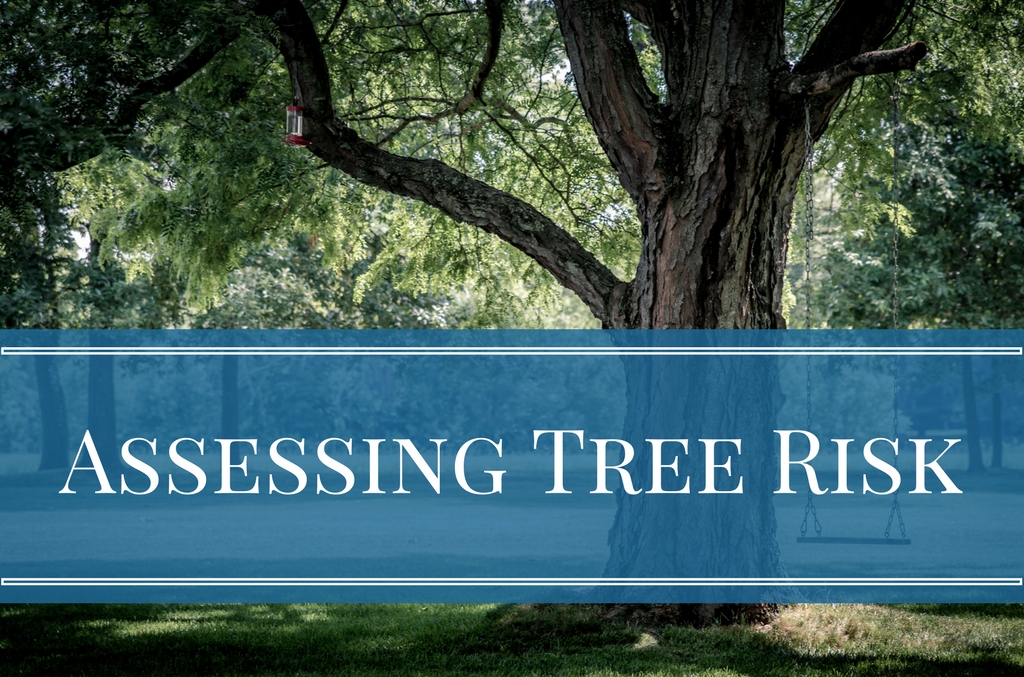Trees provide all kinds of benefits to our homes and communities. However, if one were to fall it could create an extensive amount of property damage. Learn and understand the risks associated with trees and make your property safer, while prolonging the life of your trees. As beautiful as they are, trees can be dangerous. Disaster can strike at any moment if you do not keep a watchful eye on your trees. This is why being able to identify tree risk is so important. Once you are able to identify the risks, there are many steps that can be taken to drastically reduce the chances of the tree falling and injuring someone. Below we have outlined several things to watch out for.
Assessing Tree Risk
- Are there dead or detached branches in the tree?
- Do you see any rotting wood or cavities/cracks along the trunk of the tree or in major branches?
- Is there fungus feeding on the base of the tree?
- Have neighboring trees fallen or otherwise died?
- Has the root network been compromised by lowering the soil, installing pavement, repairing sidewalks or digging trenches?
- Does the tree show signs of past abuse, such as large unhealed wounds or long debarked patches?
Now you may be asking, “What can I do to make my tree less threatening?” An experienced arborist would suggest to first consider removing nearby object that may be harmed by the tree, such as picnic tables or automobiles. If that is not an option, since moving things such as a house or power line may not be feasible, then you could move on to considering more drastic options such as pruning the tree. All pruning should be thought out carefully because improper pruning could compromise the integrity of the tree. Another option is to cable and brace the tree. Although it may not be aesthetically pleasing, sometimes it is necessary to provide physical support to weak branches and stems.
After exhausting those options and you still find the tree to be a risk, you may have to consider removing the tree entirely. Although this may be hard to do for some, trees with unacceptable levels of risk are simply too much of a liability. If at all possible we recommend collect seeds from any tree you plan to remove and planting those seeds in the old tree’s place in order to make the process as environmentally conscious as possible while reduce the overall risk of the situation.




